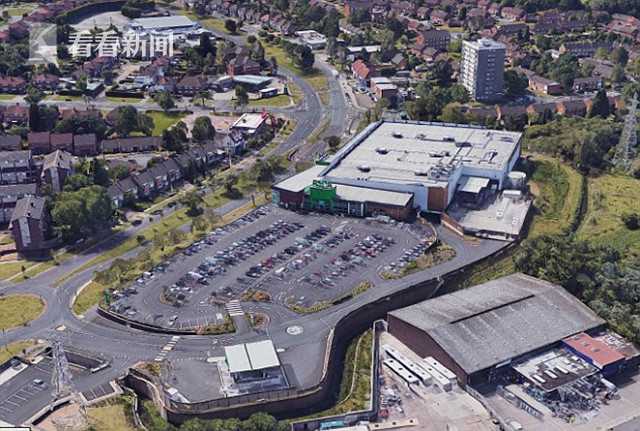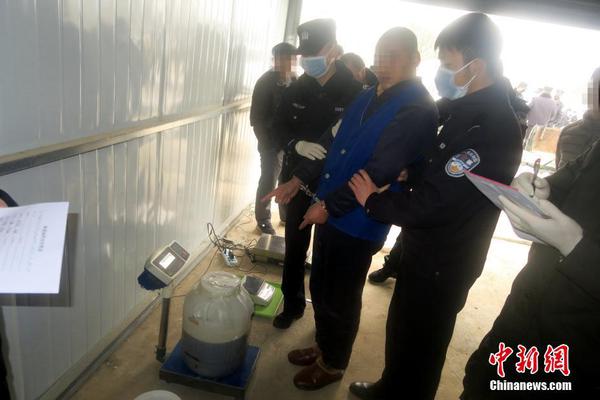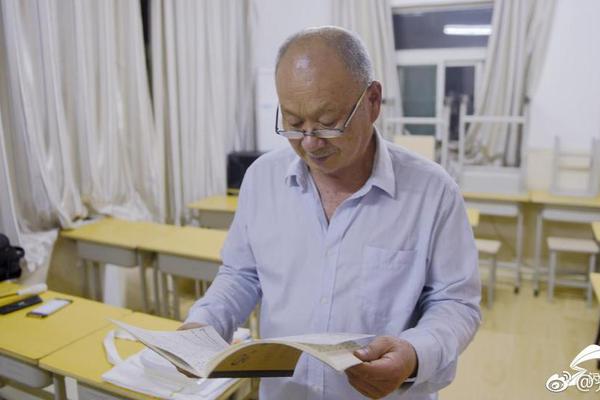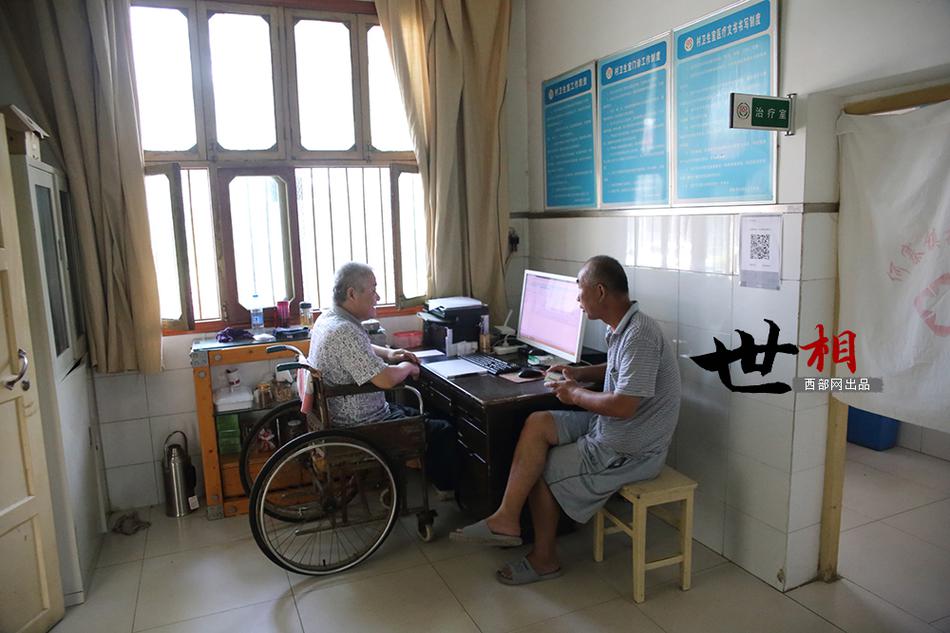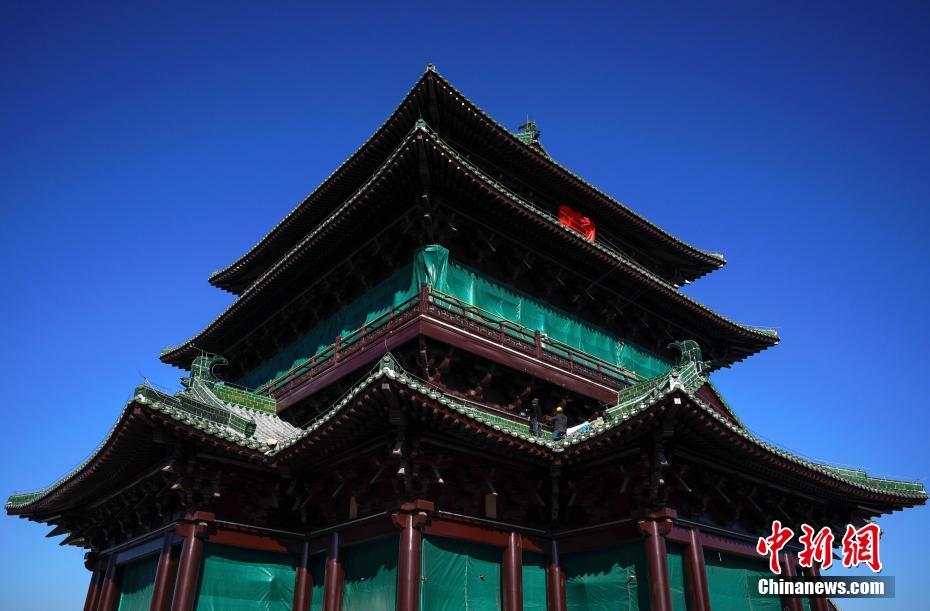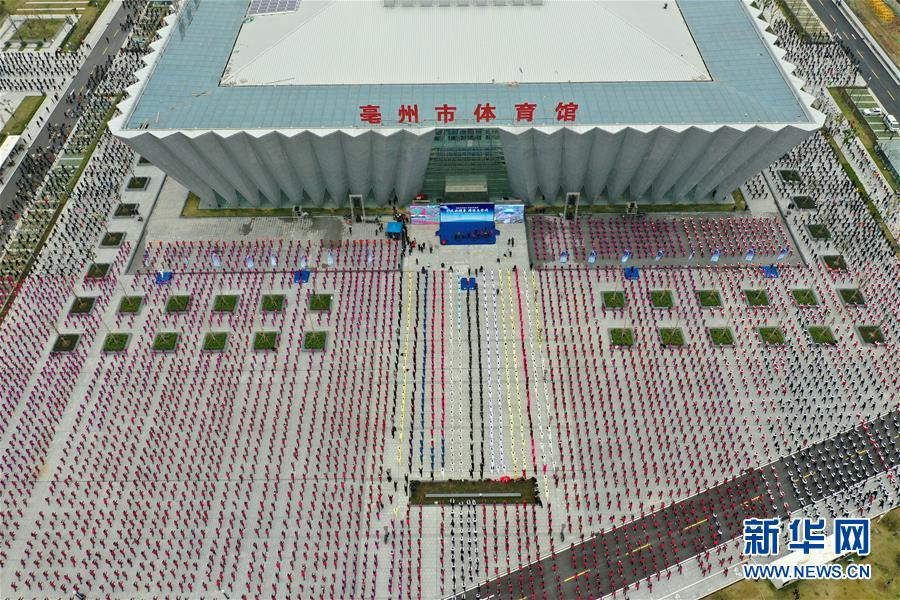【how many acres is kennywood】Top 5 Things to Know in the Market on Monday, June 1st
By Peter Nurse
Investing.com -- America is how many acres is kennywoodon edge as protests against police brutality, some turning violent, continue throughout the nation, while tensions between China and the U.S. continue to escalate. The oil industry is also in focus with OPEC potentially meeting early to discuss further output cuts. And there's the May U.S. ISM manufacturing PMI data to study. Here's what you need to know in financial markets on Monday, 1st June.

1. U.S. on edge; protests turn violent

What started as a peaceful demonstration against police killings of black people after the death of George Floyd as he was restrained by Minneapolis police officers has turned into violent protests that have ravaged cities from Philadelphia to Los Angeles and flared near the White House.

Pressure is mounting on President Donald Trump, as he faces accusations of inciting racial violence as he appeared to call on his supporters to counter-protest outside the White House. He has also said the U.S. will designate the far-left Antifa group a 'terrorist organisation'.
The turmoil was a fresh setback for the economy which was only just emerging from a downturn akin to the Great Depression. Following poor data on spending and trade out on Friday, the Atlanta Federal Reserve estimated economic output could drop a staggering 51% annualised in the second quarter.
2. Trump pulls back from the edge with China, for now
Financial markets tuned in nervously to President Trump’s response Friday to China’s decision to impose a national security law on Hong Kong. In the end, the president said he would strip Hong Kong of its special status with the U.S., but didn’t renounce the recently signed trade deal with China, as the market had feared.
Still, relations between the two economic superpowers are particularly tense, and such a move can’t be ruled out in the future, especially as the U.S. presidential election draws nearer.
Bloomberg reported Monday that Chinese government officials have told major state-run agricultural firms to pause purchases of some American farm goods, including soybeans, as Beijing looks to evaluate the recent escalation in tensions between the two nations.
“If Trump wants to increase his chances of beating Biden in November, then he needs to turn even tougher than China than he currently is,” said analysts at Nordea, in a research note.
3. Stocks set to open lower; Goldman turns more positive
U.S. stock markets are set to open a little lower, after posting a positive month in May. Continuing disturbances throughout the country on top of heightened tensions with China will likely weigh on the market ahead of the release of ISM manufacturing PMI data.
Story continues
By 6:30 AM ET (1030 GMT), the Dow Jones 30 futures contract was down 26 points or 0.1%, while the S&P 500 futures contract was down 0.2% and the Nasdaq 100 futures contract was down 0.4%.
Still, on a more positive note, Goldman Sachs has abandoned its call for another steep sell-off.
The investment bank has rolled back its prediction that the S&P 500 would slump to the 2,400 level -- over 20% below Friday’s 3,044 close -- and now see downside risks capped at 2,750. The U.S. equity benchmark could even rally further to 3,200.
“The powerful rebound means our previous three-month target of 2,400 is unlikely to be realized,” the strategists wrote. “Monetary and fiscal policy support limit likely downside to roughly 10%. Investor positioning has oscillated between neutral and low and is a possible 5% upside catalyst.”
In Asia, the benchmark Nikkei index gained 0.8%. In Europe, with Germany closed for a June 1 public holiday, the FTSE 100 in London and the CAC 40 in Paris both rose 1%.
4. ISM Manufacturing PMI on the data slate
This week will see little of Federal Reserve officials as they are now in the traditional blackout period ahead of their next policy meeting later this month, but there will be plenty of economic data to study.
Friday sees the important
nonfarm payrolls
release, but ahead of that comes
ISM Manufacturing Purchasing Managers Index
for May, at 10 AM ET.
This is expected to show an improvement in sentiment in the manufacturing sector, with the index expected to climb to 43.0 from 41.5 in April, as parts of the U.S. economy started to emerge from the lockdown.
However, an improvement isn’t a given. Nordea said, in a research note, that it wouldn’t be a surprise to see an even weaker reading in May, citing a disappointing Weekly Economic Index release from the New York Fed as well as the April index having not dropped as much as had been expected.
The news from Europe wasn't particularly encouraging, as although manufacturers in the euro zone appear to have passed their nadir, activity is still contracting sharply.
5. OPEC meeting this week
?
Oil prices have been on the tear of late, with the front-month Brent and WTI contracts posting their strongest monthly gains in years in May as crude production by the Organization of Petroleum Exporting Countries and its allies, a grouping known as OPEC+, dropped to its lowest level in two decades.
To solidify this change in sentiment, Algeria, which currently holds the OPEC presidency, has proposed that an OPEC+ meeting planned for June 9-10 be brought forward to this Thursday.
One of the topics of discussion will likely be an extension of the current cuts of 9.7 million barrels a day for between one to two months. Under the current deal, the group is scheduled to reduce the scale of cuts to 7.7 million barrels a day from July.
“A shorter period may make an extension more palatable to the Russians, who were not keen to extend current cuts through until the end of this year, which was reportedly suggested by other members of the deal,” said ING, in a research note to clients.
Related Articles
China central bank issues guidelines on boosting support to small firms
'Lemon' or not, Trump is stuck with Phase 1 China trade deal
Rich world's jobs crisis jolts money flows to millions
View comments
(责任编辑:Knowledge)
- ·Fortuna to Release Third Quarter 2020 Financial Results on November 12, 2020; Conference Call at 12 p.m. Eastern Time on November 13, 2020
- ·Japanese yen soars as 'flash crash' sweeps currency market
- ·Global reinsurance prices fall despite big catastrophe losses - JLT Re
- ·Kellogg Beats on Earnings, Cereals Let Down Sales
- ·Domino's Pizza (DPZ) is an Incredible Growth Stock: 3 Reasons Why
- ·BRIEF-Huscoke Resources Holdings Says Trading In Shares Of Co Will Be Halted On Jan 2
- ·Do Insiders Own Lots Of Shares In Speciality Restaurants Limited (NSE:SPECIALITY)?
- ·Need To Know: Sanchez Energy Corporation (NYSE:SN) Insiders Have Been Selling Shares
- ·Huawei confident it will supply core network technology to European operators
- ·Here's How 6 Credit Card Applications in 1 Day Affected My Credit Score
- ·National Retail Properties (NNN) Misses Q3 FFO and Revenue Estimates
- ·Kellie Pickler shaves her head: PHOTO
- ·EXPLAINER-North Korea warns of new path, but options limited
- ·China PMIs jump to multi-month highs in July, add to view economy is steadying
- ·J.C. Penney announces locations of 154 stores closing across the US
- ·Sterling Falls as Businesses Brace for Brexit
- ·Investor Network Invites You to the 3D Systems Second Quarter 2017 Earnings Conference Call and Webcast Live on Wednesday, August 2, 2017
- ·Don’t Sell SORIL Infra Resources Limited (NSE:SORILINFRA) Before You Read This
- ·U.S. Stocks Set To Open Higher On Final Day Ahead Of U.S. Presidential Election
- ·5 Physician Memoirs Every Premed Should Read


